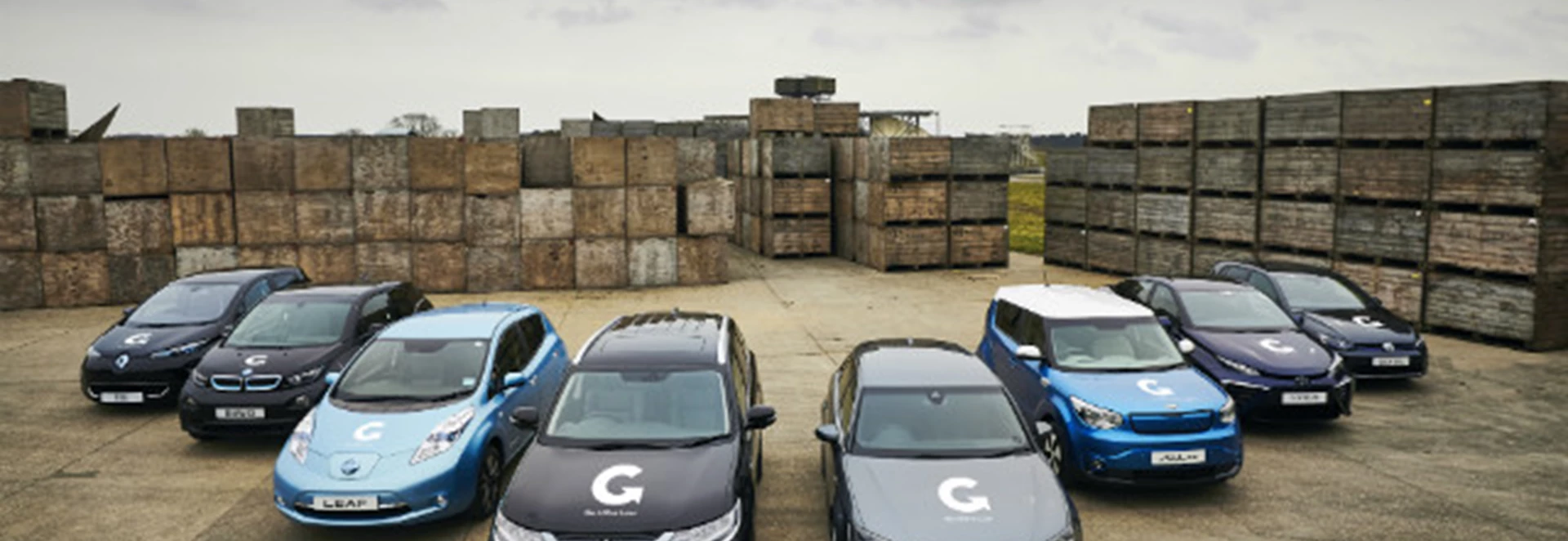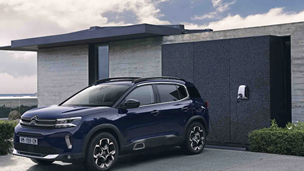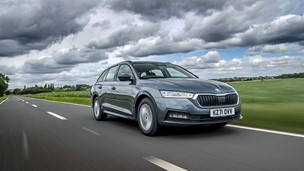In an effort to get more of Britain’s motorists behind the wheel of an electric or hybrid car – cars which have zero or low emission outputs - the UK Government nowadays runs an initiative called Go Ultra Low.
In this guide we explain how Go Ultra Low works and how affects car buyers.
The goal of Go Ultra Low
The purpose of the Go Ultra Low initiative is to make green motoring as convenient and cost-friendly as possible and get Britain’s drivers to catch up with manufacturers’ commitment to low emissions cars.
The initiative has official support from manufacturers such as BMW, Renault, and Vauxhall. Each of these brands have launched low emission cars in recent years.
Educating buyers with facts about ULEVs exemption from Road Tax, the London Congestion Charge and Company Car Tax is at the forefront of the initiative.
The Plug-in Car Grant
Models which qualify as ‘Ultra Low Emission Vehicles’ (ULEVs) produce 75g/km or less CO2 and are becoming more common on our roads.
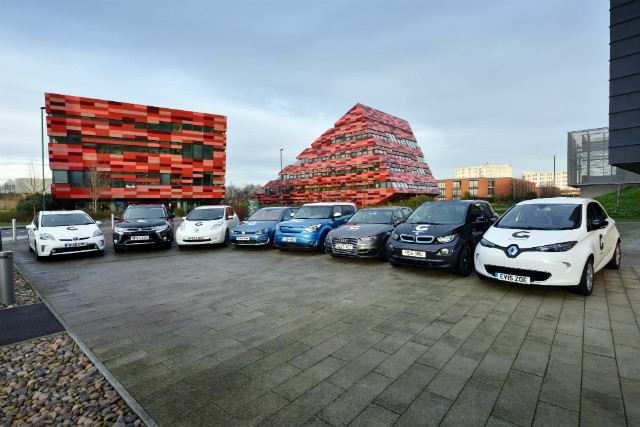
Another major financial incentive comes in the form of the Plug-in Car Grant. Nowadays, there are two levels of rant offered, with cars capable of a zero-emission (ZE) range of more than 70 miles (named as Category 1) qualifying for £4,500, while cars with a shorter ZE range (Category 2 and 3) will be eligible for £2,500.
The Plug-in Car Grant incentive is set to run until March 2018, although it’s possible the Government may decide to extend it to run beyond that date.
The affects and long term aim of Go Ultra Low
The Government’s Plug-in Car Grant has proven to be a persuasive offer which has seen electric car sales flourish in the last two years. At the end of 2013, there were just under 7,000 new Plug-in Grant-eligible cars licensed in the UK.
But, in the first quarter of 2016 alone, there were 10,496 new electric cars sold in Britain. More cars were sold in this particular quarter than in any other quarterly period prior and it represented a 23 per cent increase for UK electric car sales compared to the first quarter of 2015.
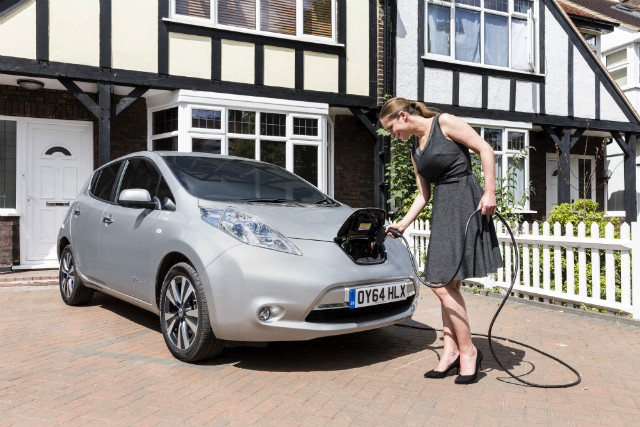
Britain’s uptake of low emission vehicles has increased rapidly in the last couple of years alone.
The long-term aim of the Go Ultra Low scheme is to make traditional petrol and diesel cars a thing of the past with almost no new cars powered solely by fossil fuels being manufactured in 2040.
Other aims of Go Ultra Low
Another key aim of the Go Ultra Low campaign is to inform drivers about the convenience of home charging and the possibility of installing points at work where employers can make the most of commuter-friendly ULEVs.
Another strand of the initiative promotes the use of electric cars as commercial vehicles and fleets with Ultra Low Emissions Vehicles improving businesses’ social responsibility and saving organisations money.
By advocating the virtues of green motoring and promoting vehicles’ handling and performance, the Government hopes to match drivers’ enthusiasm with the manufacturing industry’s place at the vanguard of green car technology.
For more information on Go Ultra Low visit www.goultralow.com.
If you want to learn more about what low emission cars to buy, check out our guides to the top five best electric cars and top five best plug-in hybrid cars.
